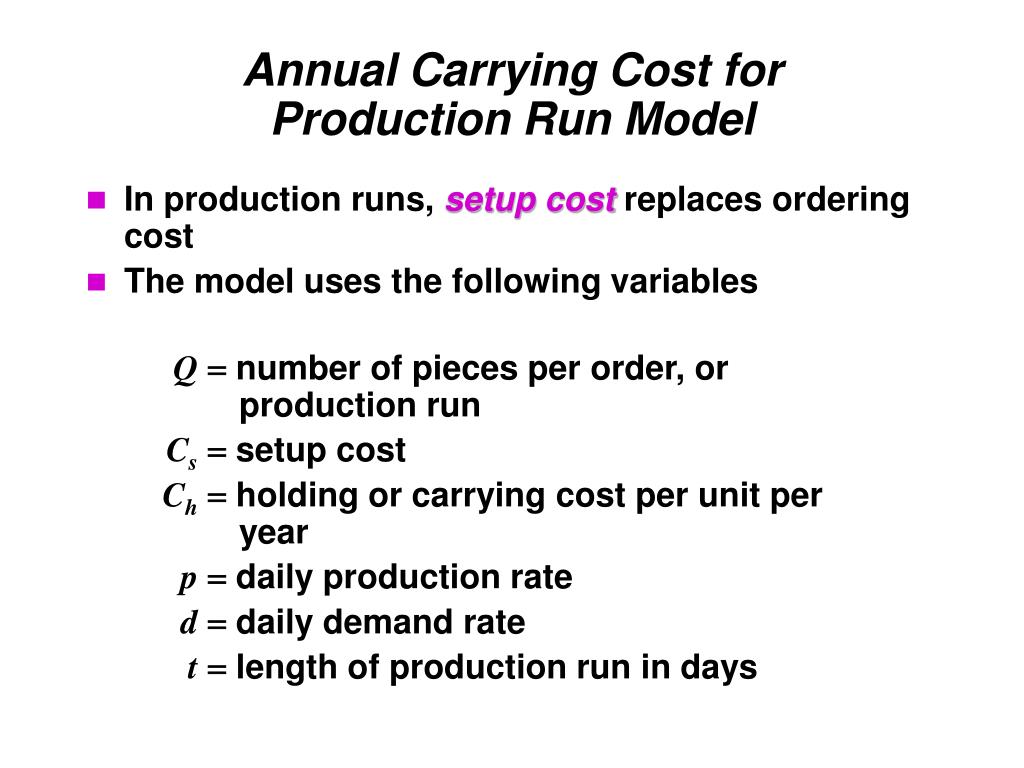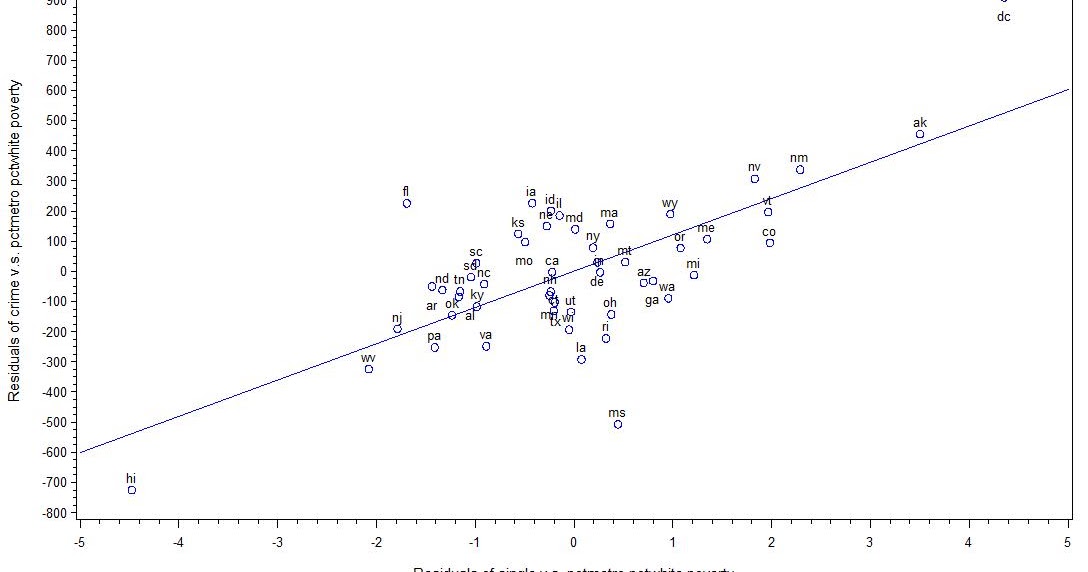

However, you do not need to check if the explanatory variables are correlated with each other. It is recommended that you choose your explanatory variables in a similar way that you choose explanatory variables for Ordinary Least Squares. Each explanatory variable should be known to affect the value of the dependent variable. Much care should be taken in choosing which variables should be used as explanatory variable rasters. In fact, both OLS regression and simple kriging are special cases of regression kriging. By operating on both components at the same time, regression kriging models can make more accurate predictions than either regression or kriging can achieve on their own. Regression kriging models, however, simultaneously estimate both a regression model for the mean value and a semivariogram/covariance model for the error term. In this sense, OLS does all heavy analysis on the mean value, and kriging does all heavy analysis on the error term. Simple kriging works by modeling the error term using a semivariogram/covariance model, and the mean value is assumed to be a constant value. Ordinary least squares (OLS) works by modeling the mean value as a weighted sum of the explanatory variables (called the regression equation), and the error term is assumed to be random, uncorrelated noise. These regression and kriging models predict the dependent variable by separating the estimation of the mean (average) value and an error term: Dependent variable = (mean) + (error) Learn more about the basics of regression analysis Basics of regression kriging modelsĪs their name implies, regression kriging models are a hybrid of ordinary least-squares regression and simple kriging.

Learn more about empirical Bayesian kriging This approach combines kriging with regression analysis to make predictions that are more accurate than either regression or kriging can achieve on their own. IntroductionĮBK Regression Prediction is a geostatistical interpolation method that uses Empirical Bayesian Kriging (EBK) with explanatory variable rasters that are known to affect the value of the data you are interpolating.

Only the credit card fees that are a percentage of sales (i.e., not the monthly fixed fee) should be considered variable. Credit Card Feesįees are only charged to a business if it accepts credit card purchases from customers. Salespeople are paid a commission only if they sell products or services, so this is clearly a variable cost. However, if they are paid salaries (where they are paid no matter how many hours they work), then this is a fixed cost. If a company bills out the time of its employees, and those employees are only paid if they work billable hours, then this is a variable cost. Production supplies, such as machinery oil, are consumed based on the amount of machinery usage, so these costs vary with production volume. Piece rate labor is the amount paid to workers for every unit completed (note: direct labor is frequently not a variable cost, since a minimum number of people are needed to staff the production area this makes it a fixed cost). Here are a number of examples of variable costs, all in a production setting: Direct Materialsĭirect materials is considered the most purely variable cost of all, these are the raw materials that go into a product. Conversely, a high proportion of fixed costs requires that a business maintain a high sales level in order to stay in business. It is useful to understand the proportion of variable costs in a business, since a high proportion means that a business can continue to function at a relatively low sales level. Thus, the materials used as the components in a product are considered variable costs, because they vary directly with the number of units of product manufactured. In a business, the "activity" is frequently production volume, with sales volume being another likely triggering event. A variable cost is a cost that changes in relation to variations in an activity.


 0 kommentar(er)
0 kommentar(er)
